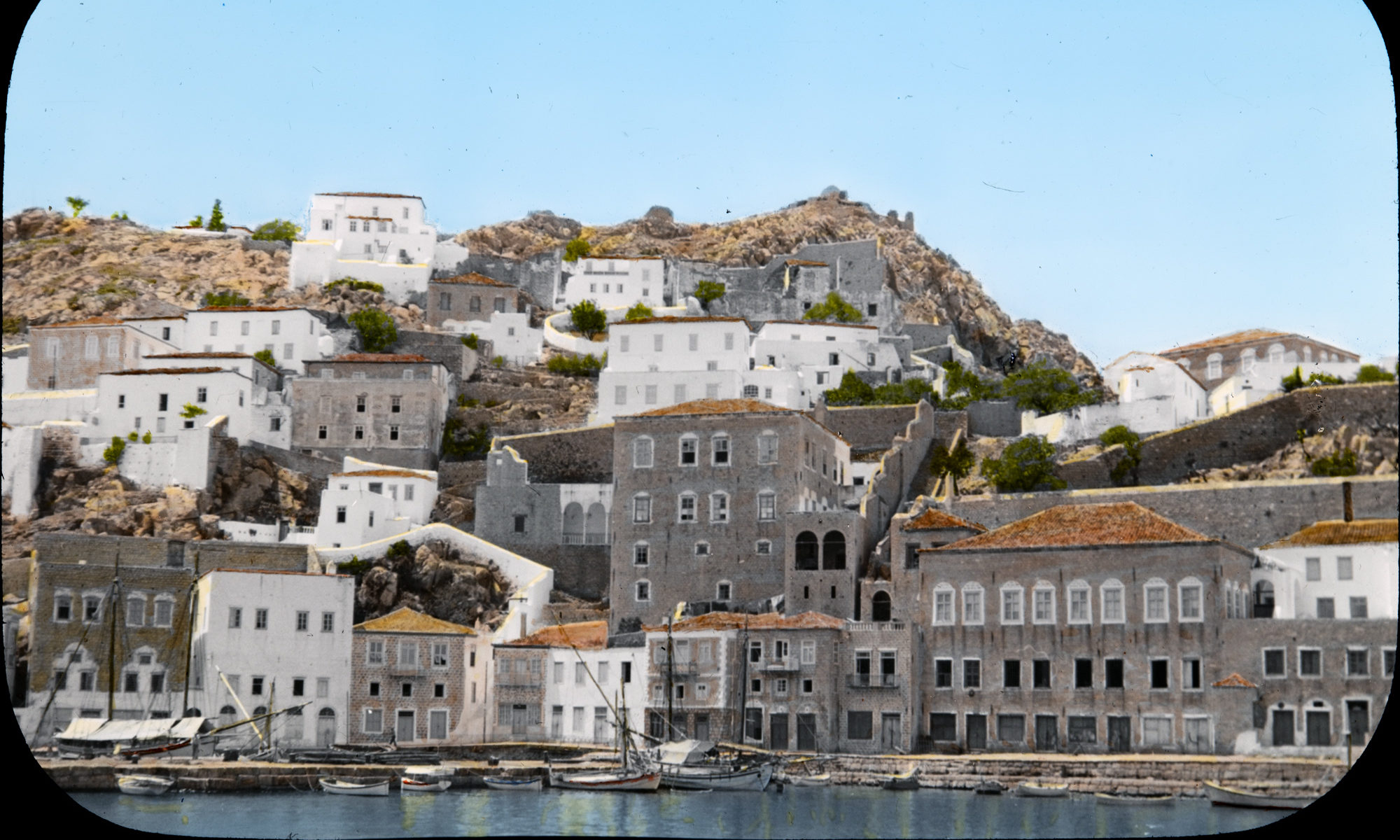Art history scholars can accumulate thousands of digital images, which can be difficult to manage so people turn to image management software for organizing, viewing, and describing images. There are multiple high-powered propriety options available, many in the category of DAMS: Digital Asset Management software. The most common is probably Adobe Lightroom but there is also Adobe Bridge, ACDSee, and Capture One. These all tend to cost money and you may not want to pay annually for photo organization for the rest of your life.
If you are capturing high resolution files maintain a ‘master file’ in a specific area and folder on your computer. If you can, make sure this file is a TIF. Back this up in two places (for instance, the cloud and an external drive) regularly. Many people then organize named folders and folders within folders to manage their images. This is a fine practice as long as they are backed up routinely but it can be very difficult to find what you are looking for and, most importantly, where that image came from when it comes time to use it.
Photos for MacOS offers many great organizational tools (take advantage!) but those same systems may not be visible in another program or on another operating system.
Tropy and ARIES are two free options to manage images and they work on Windows and Macs.
- Enter metadata (the identifying terms for your image) into their templates or you can create a new template
- You can bulk edit the metadata
- You can tag items
- You can create “lists” to link items (think thematically-similar, etc) and they can appear in multiple lists
- You can search across all metadata
- You can export your data into JSON-LD which you can then convert to a .csv a spreadsheet) although Tropy is currently working on making exporting directly to a .csv file. This is crucial because while you need to backup your images if you take the time to identify them you want to back that information up too. Exporting it and saving it is the easiest way.
- Drag, rotate, enlarge images on the page
- Easily compare images and image details
- Overlap selective area
- Organize images in a chronologically timeline or geographically on a map
- Create custom metadata fields
- Export the metadata as a .csv file
- Export a group of images as a PPT
- Bulk edit the metadata in a .csv file and import it back to ARIES
- You can tag items
Software may offer a lot more than you need so just focus on what terms you use in your research recognizing that you need to supply future you with enough information to make the images useful.
